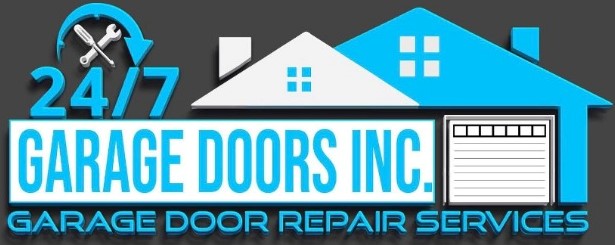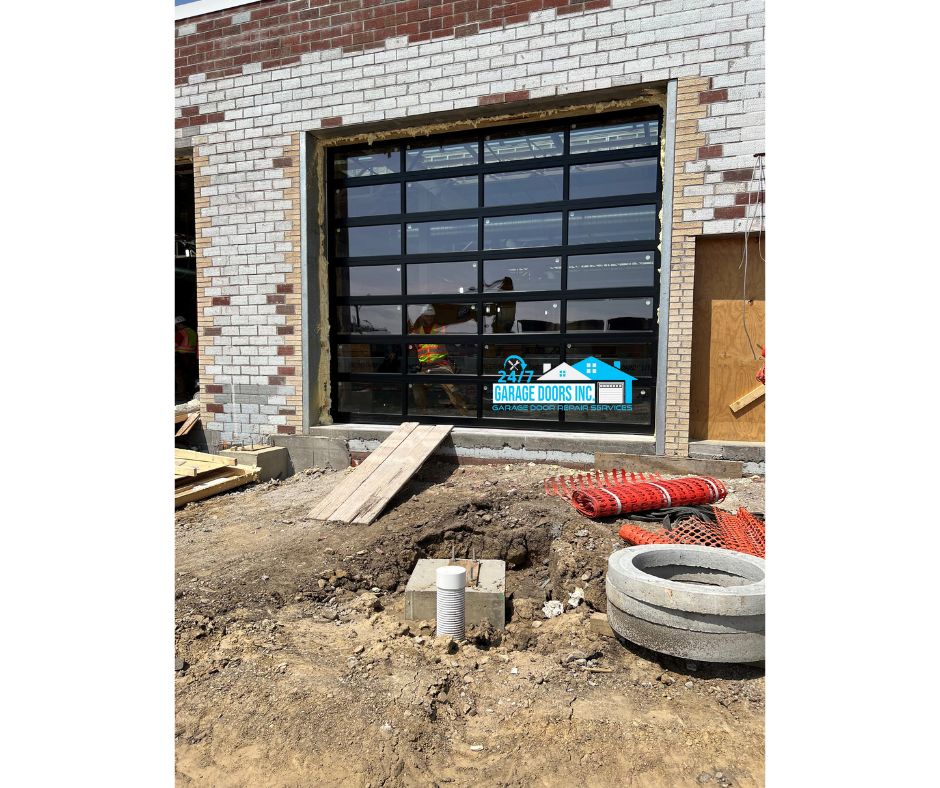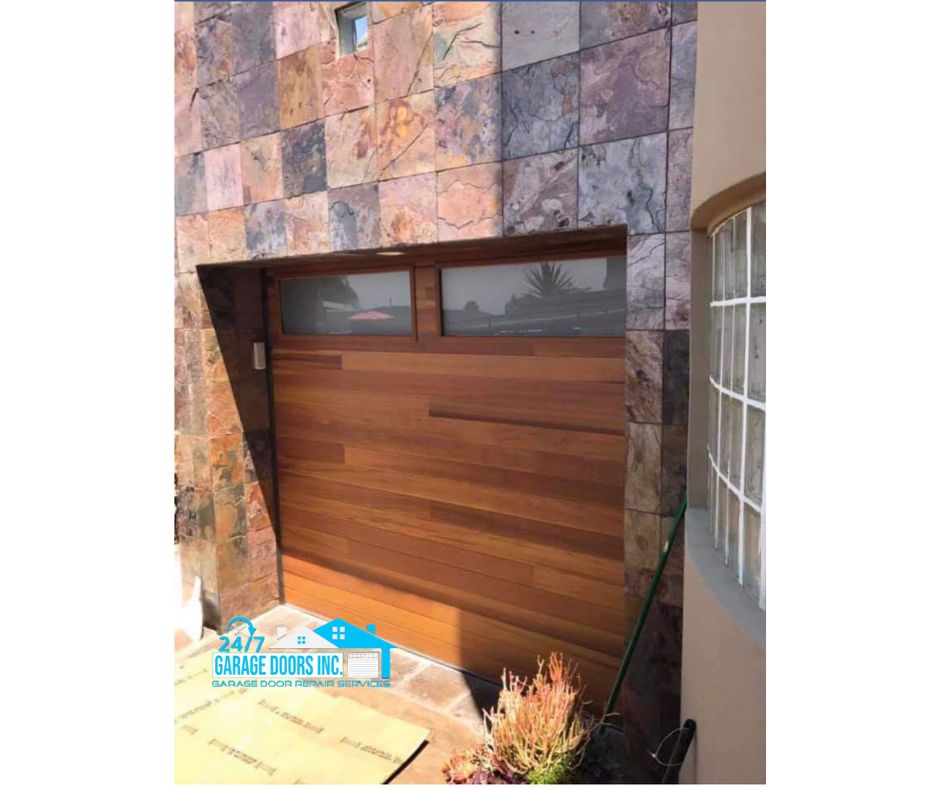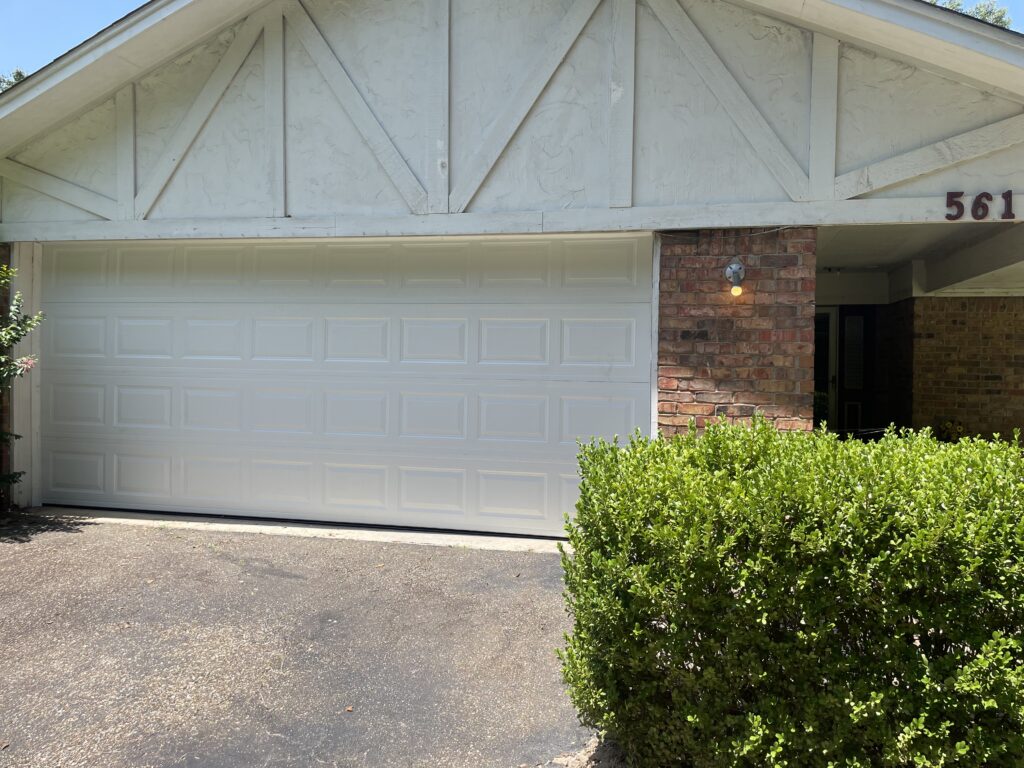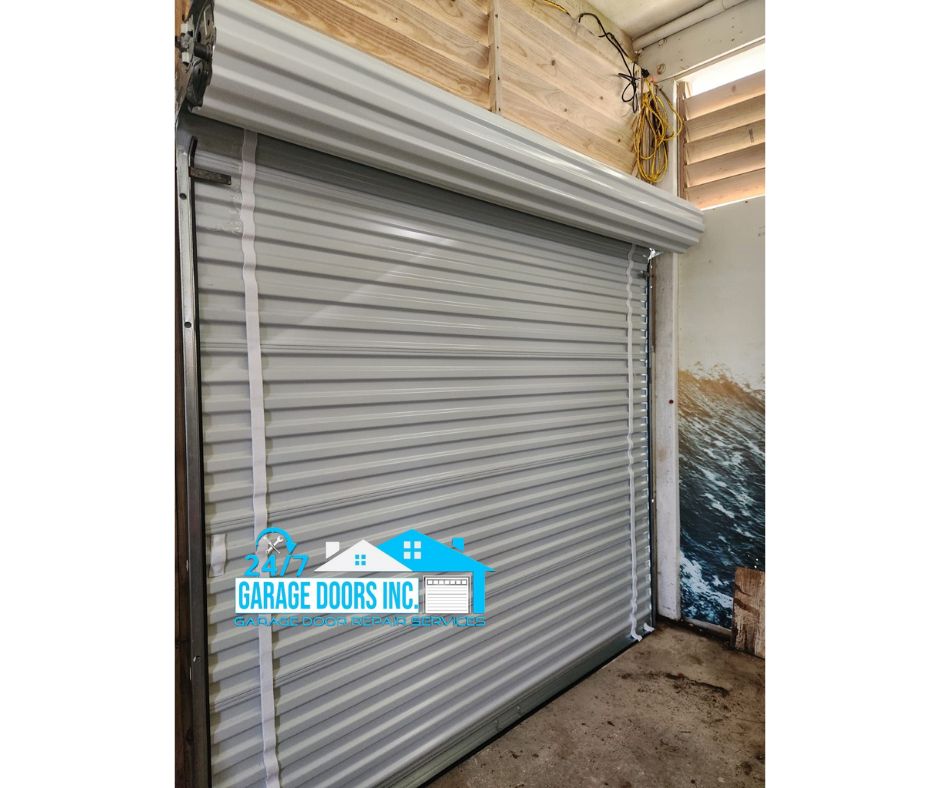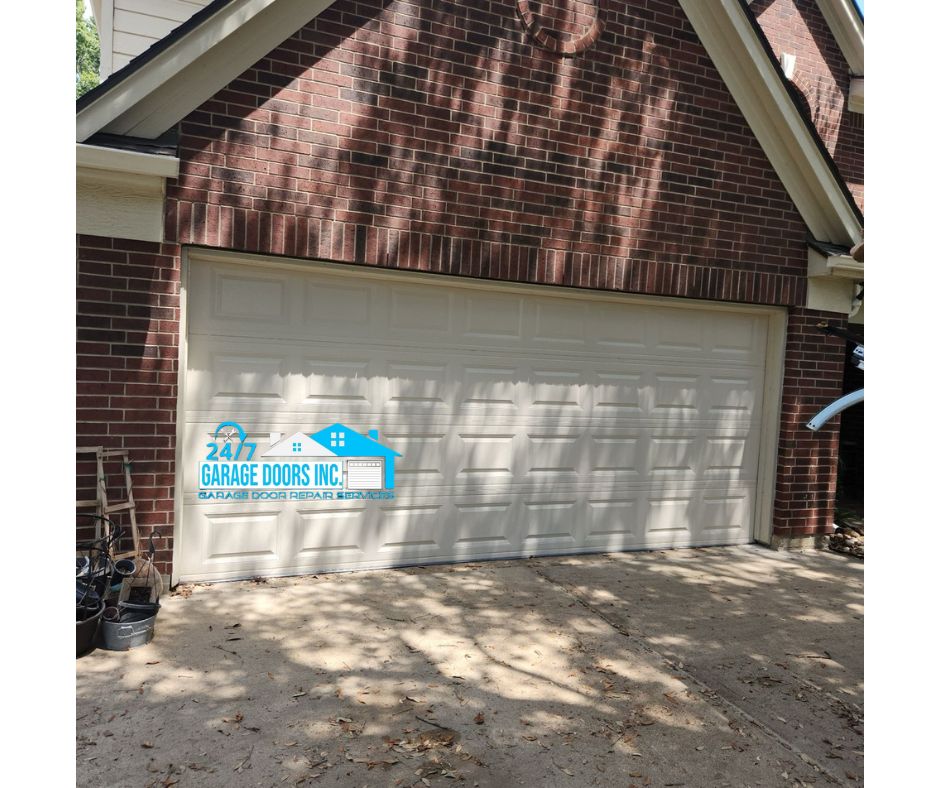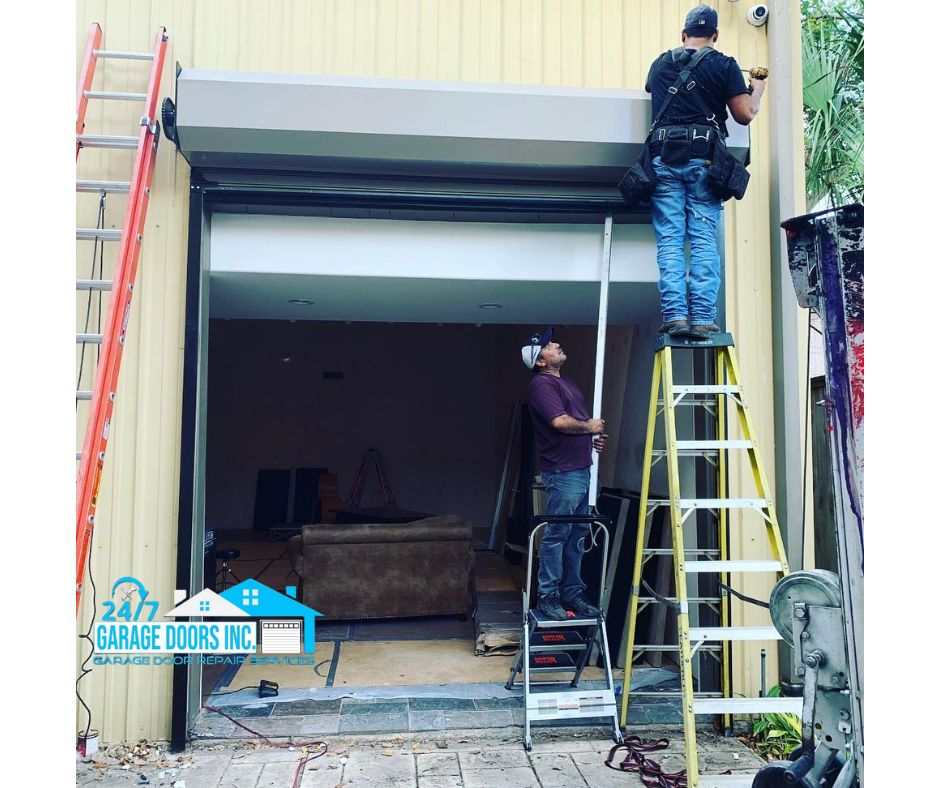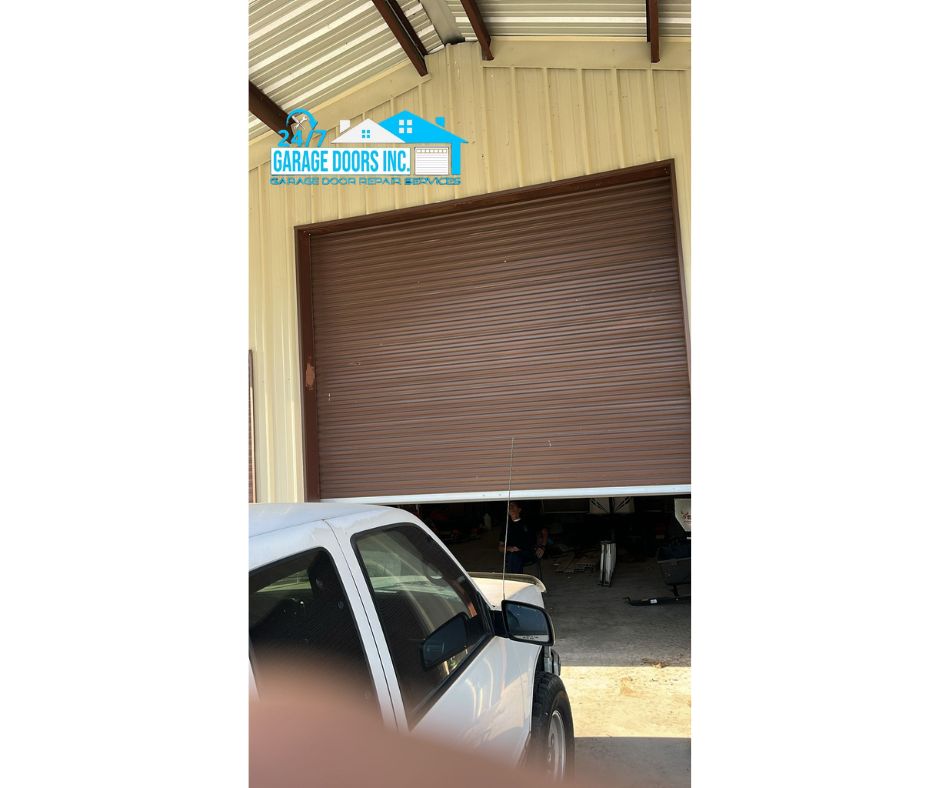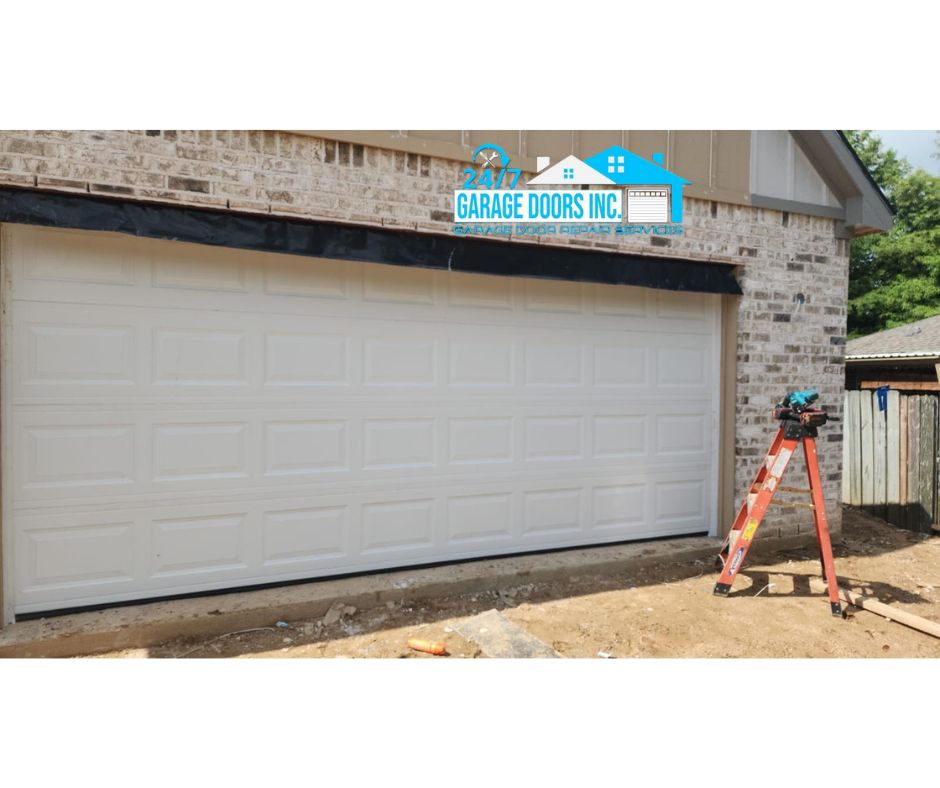Guide to Garage Door Repair: Everything You Need to Know
A malfunctioning garage door can be a frustrating and inconvenient issue for homeowners and businesses alike. Whether you use your garage for parking, storage, or as an entry point into your home, having a working garage door is essential. When something goes wrong, it’s important to know what steps to take to fix the problem quickly and safely. In this guide, we’ll walk you through common garage door issues, the repair process, and tips to help you prevent future problems. Let’s dive into everything you need to know about garage door repair. Why is Garage Door Repair Important? Your garage door is a crucial part of your home’s functionality, safety, and curb appeal. A properly functioning garage door ensures smooth daily operations, secures your home from unauthorized access, and provides convenient entry and exit. When your garage door breaks down, it’s not just an inconvenience—it can pose a safety hazard and potentially lead to costly repairs if not addressed quickly. Reasons to prioritize timely garage door repair: Common Garage Door Problems and How to Fix Them While garage doors are designed to last for years, they do experience wear and tear over time. Knowing the common problems that arise can help you identify issues early and decide whether to attempt a DIY repair or call in a professional. 1. Broken Springs Garage door springs are essential for the smooth operation of your door. Most garage doors use either torsion or extension springs to counterbalance the weight of the door. However, springs are under constant tension, and over time, they can snap. If your garage door springs break, you’ll notice: Solution: Broken springs are one of the most dangerous components to repair yourself. Always contact a professional to replace broken springs as they have the right tools and expertise to handle the tension safely. 2. Off-Track Garage Door If your garage door has come off its tracks, it will not open or close properly. This usually occurs due to: Solution: Turn off the power to your garage door opener immediately. Inspect the tracks for any obvious bends or damage and call a technician to realign the tracks or replace worn-out components. 3. Faulty Garage Door Opener A malfunctioning garage door opener can prevent the door from opening or closing correctly. The issue might be related to the motor, electrical wiring, or remote control sensors. Common symptoms include: Solution: Check the batteries in your remote control first. If that doesn’t solve the problem, inspect the opener’s wiring and motor for damage. Contact a technician for more complex repairs or replacement of the opener system. 4. Broken Cables Garage door cables work in tandem with the springs to lift the door. Over time, these cables can wear out, fray, or snap. If you notice your garage door leaning to one side, it’s likely due to a broken cable. Solution: Replacing garage door cables is another repair best left to professionals due to the high tension involved. A trained technician can safely remove and replace the damaged cable. 5. Noisy Garage Door If your garage door makes grinding, squeaking, or banging noises, it’s often a sign that it needs lubrication or that parts are worn out. This issue could be due to: Solution: Apply garage door lubricant to the moving parts such as rollers, springs, and tracks. If the noise persists, call a repair technician to inspect and replace any worn or damaged parts. 6. Garage Door Won’t Open or Close Fully If your garage door doesn’t close all the way or opens only partially, this could be due to: Solution: Inspect the sensors for any dirt, debris, or obstruction and clean them thoroughly. If the problem persists, a technician can recalibrate the tracks and ensure smooth operation. When to Call a Professional for Garage Door Repair While some minor repairs can be handled on your own, most garage door issues require the expertise of a professional technician. Here’s when you should definitely call in a professional: How to Prevent Future Garage Door Issues Preventative maintenance is key to keeping your garage door in excellent working condition. Regular checks can extend the life of your garage door and prevent major repairs down the road. 1. Inspect and Lubricate Regularly Check the moving parts of your garage door every few months and apply a high-quality lubricant to the rollers, springs, and tracks. This will reduce friction and ensure smooth operation. 2. Test the Balance Disconnect the opener and manually lift the door halfway. If it stays in place, the door is balanced. If it falls or rises, the springs may need adjustment by a professional. 3. Clean the Tracks Dirt, debris, and rust can build up in the tracks, leading to poor performance. Clean the tracks regularly with a damp cloth and ensure they are free of obstructions. 4. Check Safety Features Test the safety features of your garage door, such as the auto-reverse function. Place a small object under the door to ensure it reverses when it detects an obstruction. If the auto-reverse isn’t working, it’s time to call a professional for a tune-up. Why Choose 24-7 Garage Doors INC for Garage Door Repair? At 24-7 Garage Doors INC, we understand how important a fully functioning garage door is to your home’s safety and convenience. Our team of expert technicians provides prompt, reliable, and affordable garage door repair services throughout Houston. We specialize in: We offer same-day service and are available 24/7 to handle any garage door emergencies. Whether you’re dealing with a broken spring or a malfunctioning opener, you can trust us to get your door back in working order quickly and safely. Conclusion Garage door repair is essential for keeping your home safe, secure, and functional. From broken springs to noisy operations, knowing how to identify common issues can help you decide when to seek professional help. Regular maintenance is key to preventing major repairs and extending the lifespan of your garage door. When in doubt, trust 24-7 Garage Doors INC
Guide to Garage Door Repair: Everything You Need to Know Read More »
